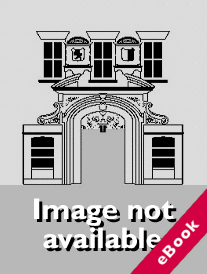
The device(s) you use to access the eBook content must be authorized with an Adobe ID before you download the product otherwise it will fail to register correctly.
For further information see https://www.wildy.com/ebook-formats
Once the order is confirmed an automated e-mail will be sent to you to allow you to download the eBook.
All eBooks are supplied firm sale and cannot be returned. If you believe there is a fault with your eBook then contact us on ebooks@wildy.com and we will help in resolving the issue. This does not affect your statutory rights.
Lon L. Fuller's account of what he termed 'the internal morality of law' is widely accepted as the classic twentieth century statement of the principles of the rule of law. Much less accepted is his claim that a necessary connection between law and morality manifests in these principles, with the result that his jurisprudence largely continues to occupy a marginal place in the field of legal philosophy.In Forms Liberate: Reclaiming the Jurisprudence of Lon L Fuller, Kristen Rundle offers a close textual analysis of Fuller's published writings and working papers to explain how his claims about the internal morality of law belong to a wider exploration of the ways in which the distinctive form of law introduces meaningful limits to lawgiving power through its connection to human agency. By reading Fuller on his own terms, 'Forms Liberate' demonstrates why his challenge to a purely instrumental conception of law remains salient for twenty-first century legal scholarship.